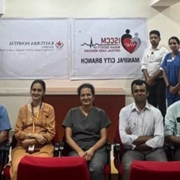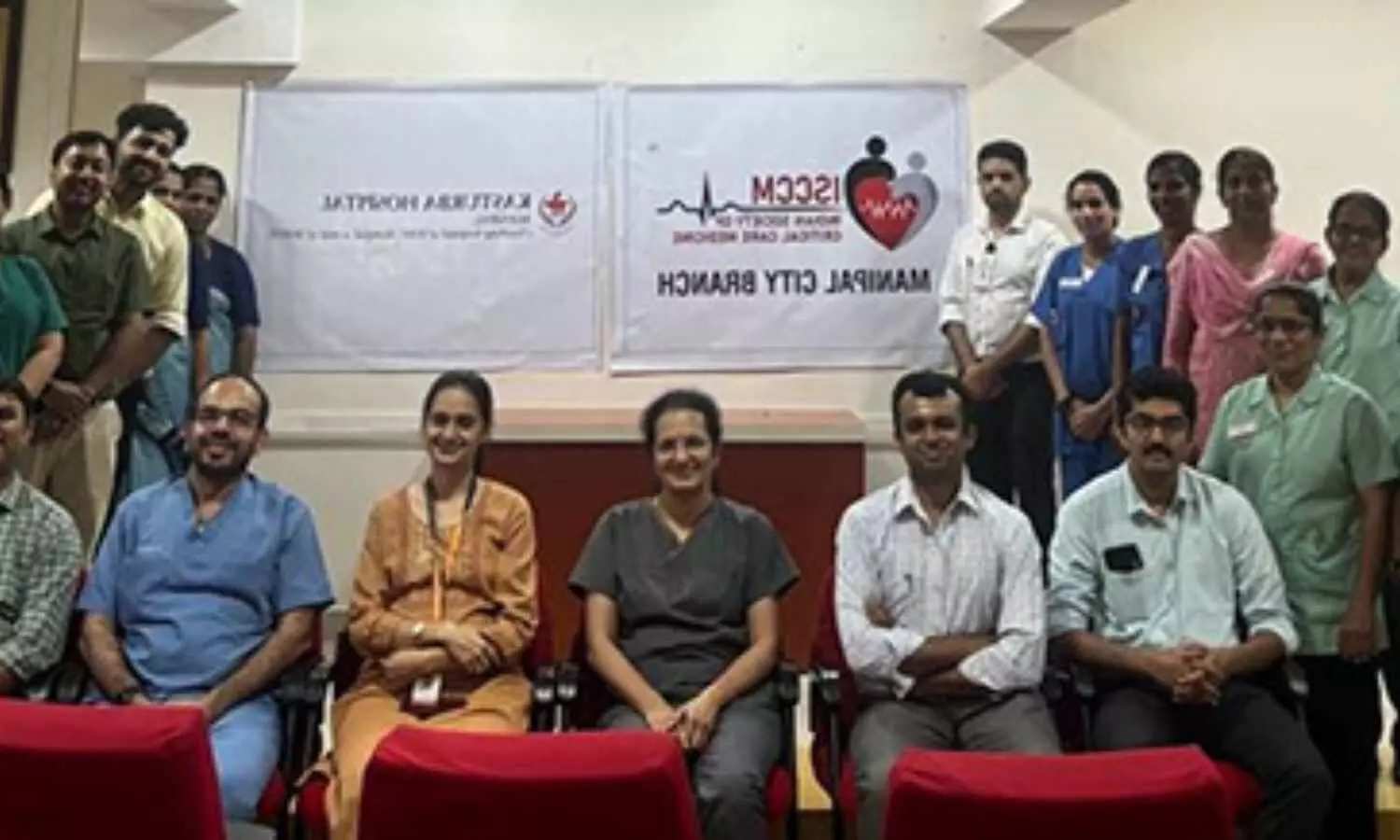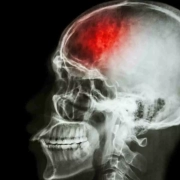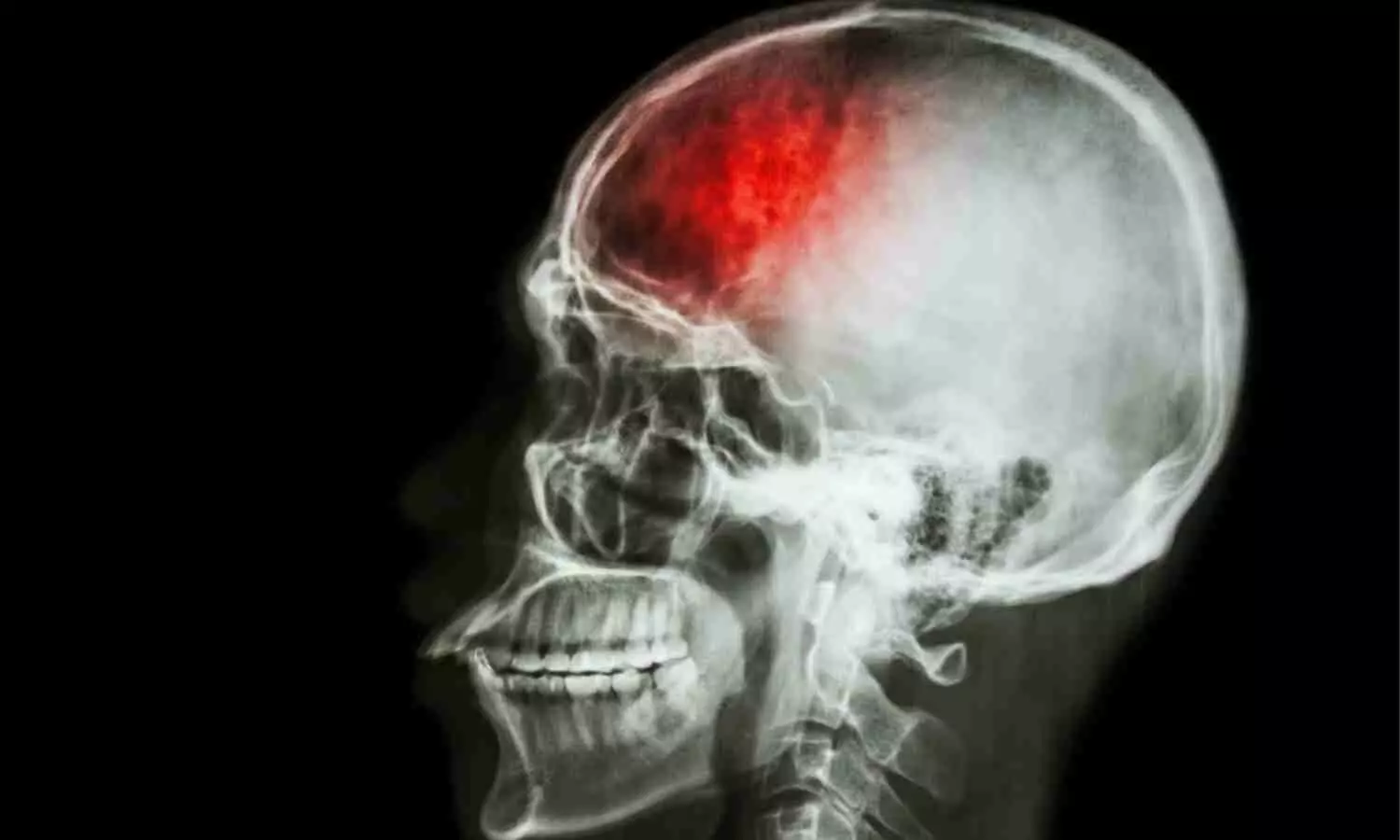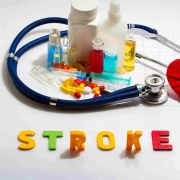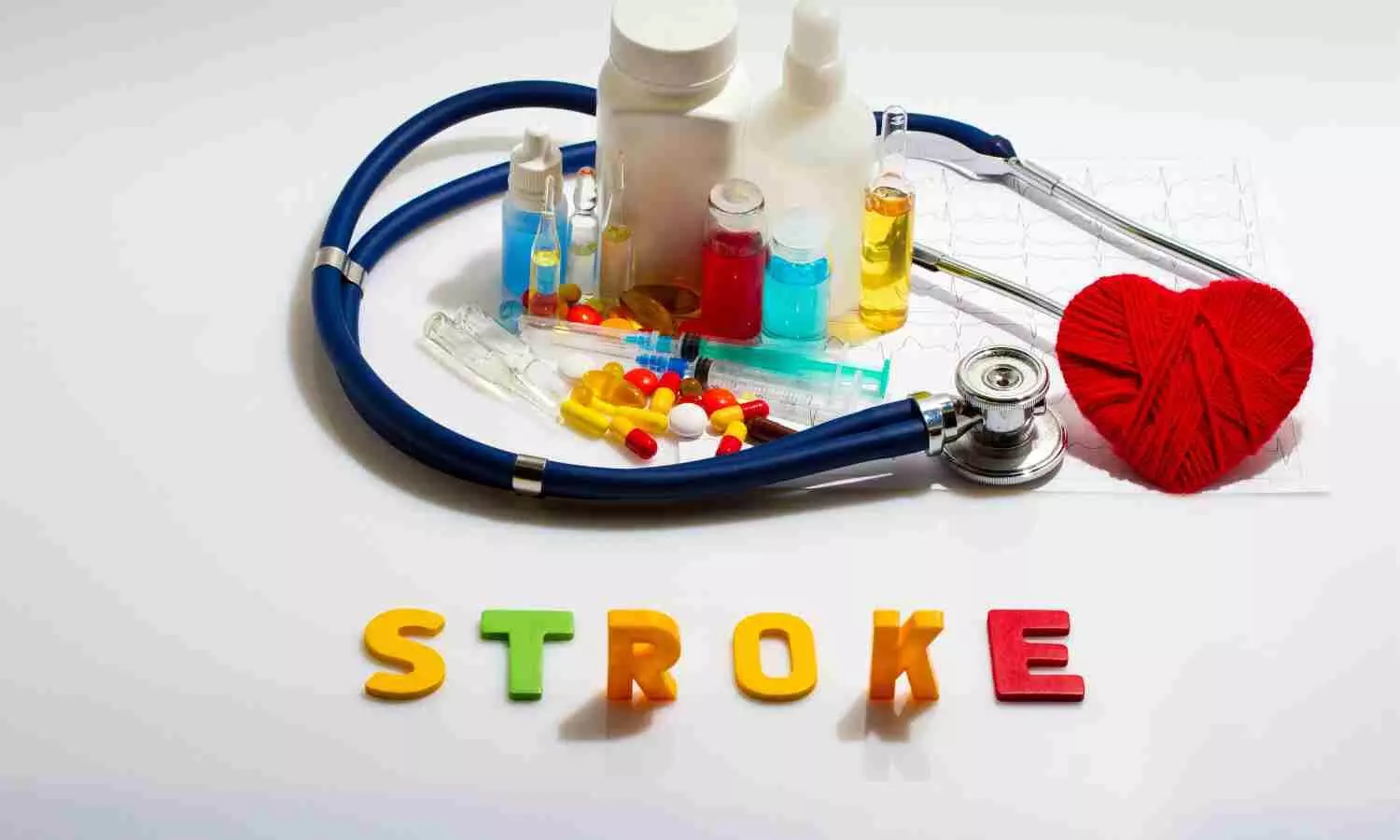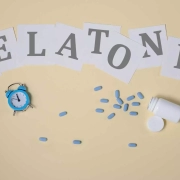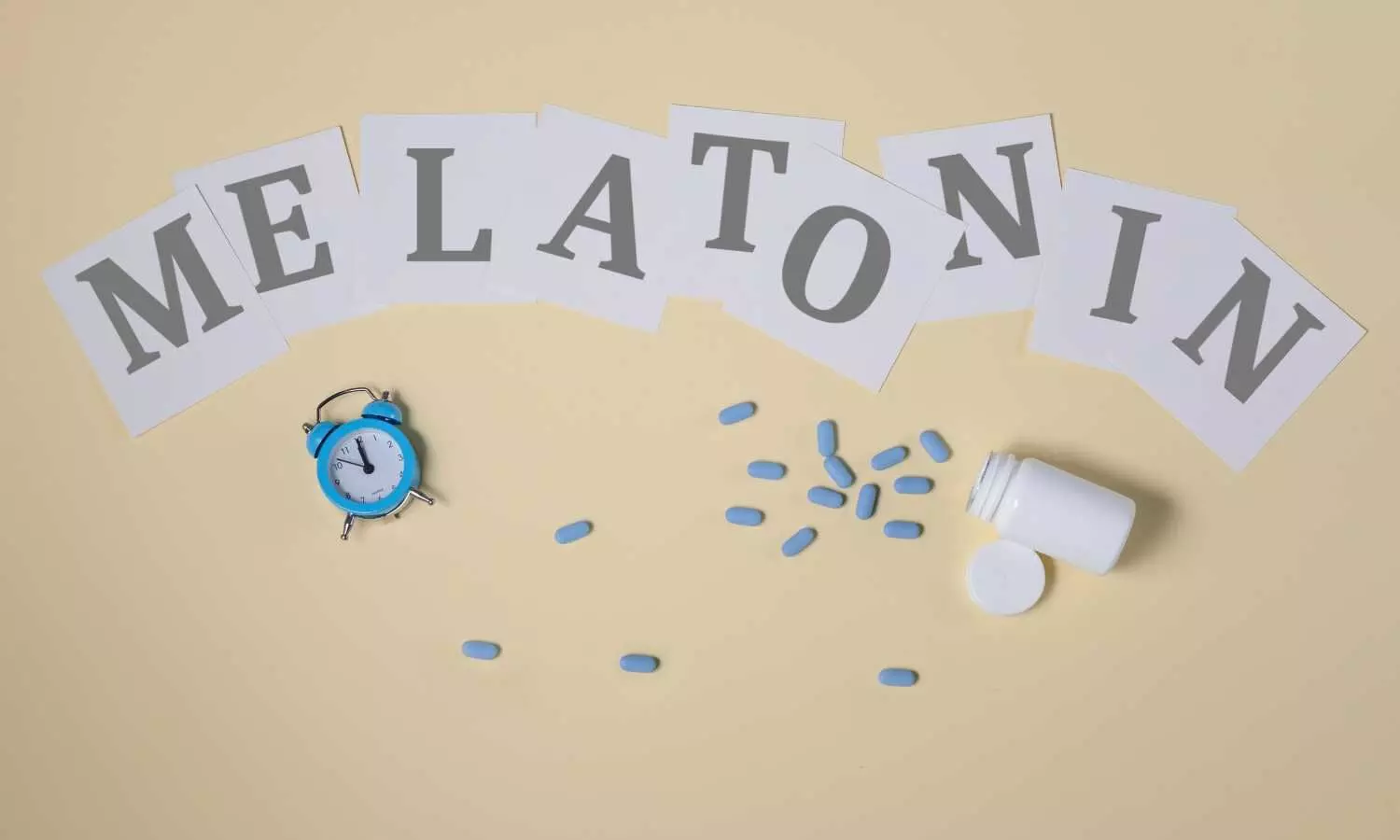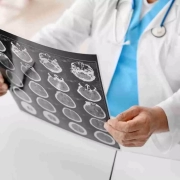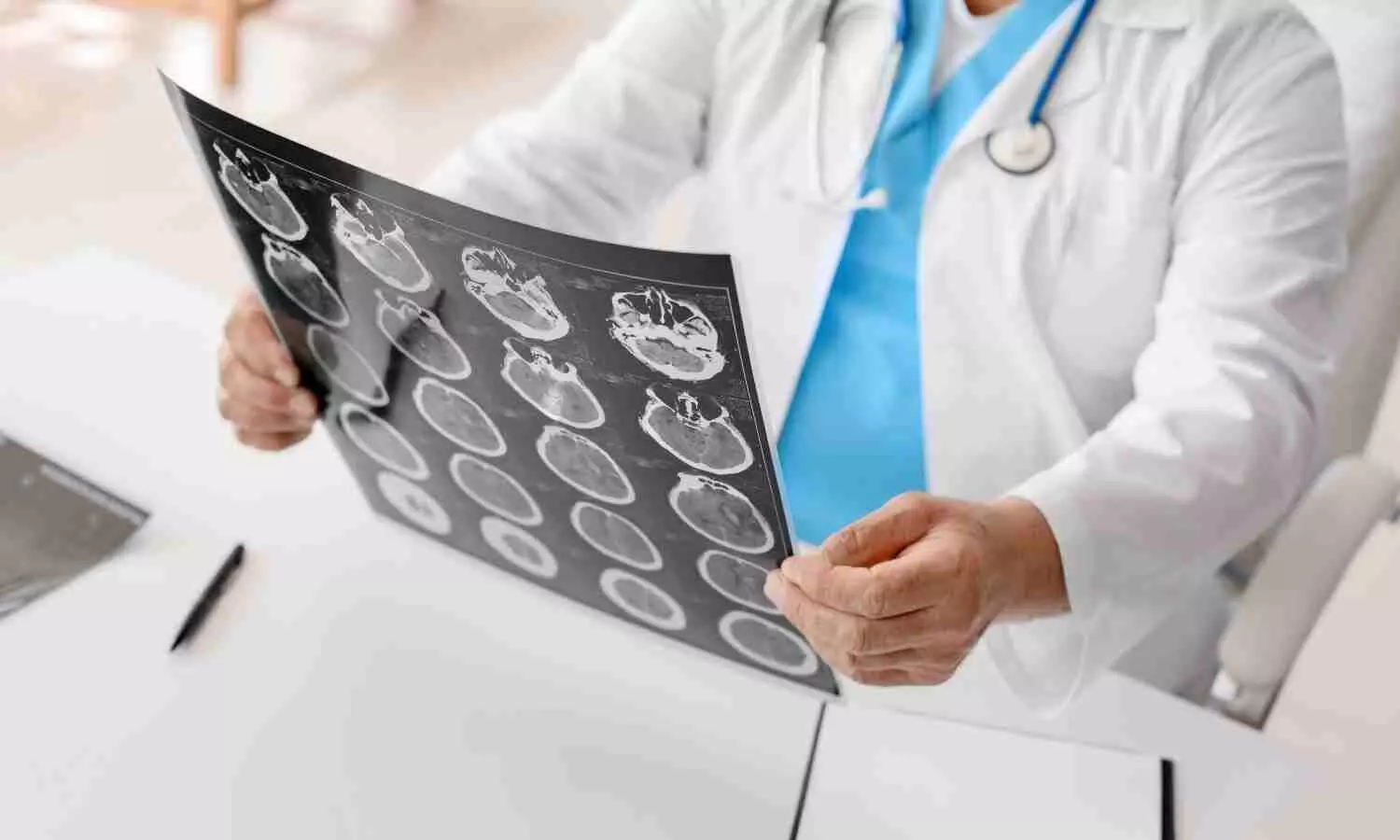Giving blood thinners in addition to clot-busting medications to people with ischemic strokes (clot-caused strokes) did not improve their outcomes 90 days later, according to preliminary late-breaking science presented today at the American Stroke Association’s International Stroke Conference 2024. The meeting, held in person in Phoenix, Feb. 7 – 9, 2024, is a world premier meeting for researchers and clinicians dedicated to the science of stroke and brain health.
These results are from the MOST (Multi-Arm Optimization of Stroke Thrombolysis) trial. MOST is a 57-center U.S. trial that was halted after an independent data and safety board analyzed results on the first 500 patients out of a planned 1,200 participants and determined it highly unlikely that a benefit would be found if the research was completed. The study was looking for improvement in functional outcomes at 90 days.
“When we began the trial, we believed the medications would improve outcomes, so we were surprised with the negative results. However, we designed the trial to allow us to efficiently answer the question for two blood-thinning medications in one trial. We have definitely done that and are pleased with the ability to answer this question,” said Opeolu M. Adeoye, M.D., M.S., lead author of the study and BJC HealthCare Distinguished Professor of Emergency Medicine and chair of the department of emergency medicine at Washington University School of Medicine in St. Louis, Missouri.
“A lot of our approaches in stroke treatment were learned from how we treat heart attacks. In previous trials, we first tested to make sure these medications were safe for use in stroke and then launched MOST to confirm their safety and test whether they would work to improve functional outcomes and reduce disability after stroke,” Adeoye said.
The MOST trial enrolled adults with ischemic stroke severe enough that rehabilitation would likely be needed. All participants received a standard clot-busting medication to dissolve the clot (thrombolysis) within three hours of stroke onset. Participants were then randomized to one of three groups for additional treatment: one group received the blood thinner argatroban within 75 minutes of the clot-busting medication, followed by a 12-hour infusion of argatroban. A second group received an initial dose of the blood thinner eptifibatide within 75 minutes of the clot-busting medication, followed by a 2-hour infusion of eptifibatide and a 10-hour infusion of saline placebo. The control group received a clot buster and a placebo treatment (a 12-hour infusion of intravenous saline solution containing neither of the blood-thinning medications).
The primary outcome was the study participant’s level of physical function at 90 days after ischemic stroke. Physical function levels were assessed using the modified Rankin score, or mRS, a 6-point disability scale. The videotaped assessment was judged by an independent neurologist reviewer who was not aware of which treatment patients had received. The mRS score was translated into a utility-weighted mRS, using validated ratings of functional outcomes by patients and physicians, resulting in a 0 to 10-point scale in which a higher score means a greater benefit from the treatment. The interim analysis was planned at the start of the study and scheduled to take place after 500 patients were enrolled. In addition, a data safety and monitoring board (DSMB) reviewed safety data after every 30 patients enrolled, looking particularly for occurrences of bleeding in the brain.
In the 514 patients enrolled prior to the trial being halted by the DSMB in July 2023, the analysis found:
- The two blood thinners used did not significantly increase the risk of bleeding into the brain.
- However, neither of the two blood thinners improved outcomes in the stroke survivors. On the 0 to 10 utility-weighted mRS scale, patients receiving placebo averaged 6.8, those receiving argatroban averaged 5.2, and those receiving eptifibatide averaged 6.3. (Types of disability will vary, however, people with a utility-weighted mRS scale of 6 are expected to have difficulty performing activities of daily living without assistance or support.)
Study details and background:
- The three-arm study was conducted at 57 hospitals in the United States between October 2019 and July 2023.
- Participants all had ischemic (clot-caused) stroke that rated a 6 or higher on the National Institutes of Health Stroke Severity Scale and considered a moderately severe stroke.
- 514 adults were enrolled in the trial before it was halted; participants were an average age of 68; about 50% were women; and about 25% identified as Black adults.
- Participants were treated within three hours after the onset of stroke symptoms (or the last time seen well) using the standard-of-care approach of thrombolysis (delivering clot-busting medications to dissolve the clot).
- In addition, 44% of the patients across all three groups were treated with interventional removal of their clots called thrombectomy.
- At the time of enrollment, participants were randomized to receive a blood thinner or placebo within 75 minutes of thrombolysis: 59 received argatroban; 228 received eptifibatide; and 227 received placebo.
- The primary safety measure was the occurrence of bleeding in the brain (symptomatic intracranial hemorrhage) within 36 hours of receiving one of the two blood thinners. Safety measures were analyzed by the study’s DSMB after every 30 patients were enrolled.
Medical professionals providing care were aware of whether a blood thinner or placebo were given to each patient. However, neither the patients nor the professionals rating patient outcomes were aware of which patients in any group had received a blood thinner or placebo.
“In addition, we were not able to address the possible benefit of giving these or similar blood thinners directly into an artery in the area of the stroke, rather than giving the medications systemically through a vein, as done in this trial,” Adeoye said.
For patients undergoing thrombectomy (mechanical removal of a stroke-causing clot), studies are underway to determine whether delivering blood thinners into the affected artery may improve outcomes.
Reference:
Blood thinners added to clot-busting medication did not improve stroke outcomes, American Heart Association, Meeting: ASA International Stroke Conference 2024.



